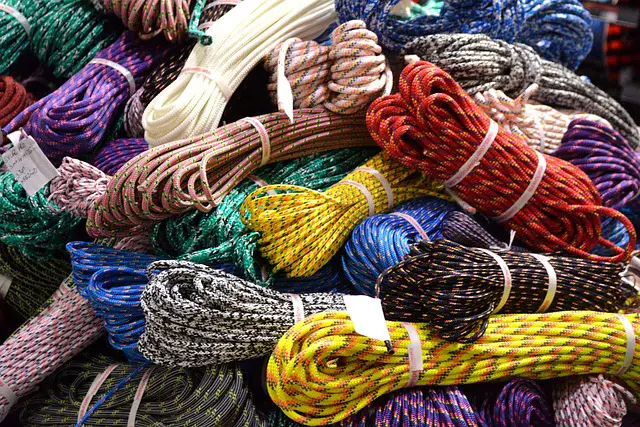Whether you’re a seasoned mountaineer or a novice climber, one tool you’ll inevitably encounter is mountain climbing spikes. Also known as crampons, these trusty devices are essential for a safe and successful mountain climbing adventure. However, what exactly are these spikes, why are they vital, and how are they best utilized? We’ll delve into these questions in this comprehensive guide.
What are Mountain Climbing Spikes?
Mountain climbing spikes, or crampons, are metal frameworks with spikes attached. They are secured to a climber’s boots to provide traction on ice and snow during mountain climbing. Essentially, they work as your personal little ice picks for your feet, allowing you to traverse slippery, icy terrain that would otherwise be impossible, or at the very least, incredibly risky to navigate.
Types of Mountain Climbing Spikes
Knowing the right type of spike to use can make or break your mountain climbing experience. There are primarily three types of crampons: step-in, hybrid, and strap-on. Step-in crampons offer excellent stability and are perfect for rigid boots with heel and toe welts. Hybrid ones, as the name suggests, are a blend, requiring a rigid boot with a heel welt, while the front attaches via a strap. Strap-on crampons are the most versatile, fitting any boot type.
Choosing the right one depends heavily on your activity. For instance, step-in crampons are recommended for technical ice climbing due to their rigidity and precision, while strap-on versions are ideal for snow walking or hikes requiring a lighter gear.
The Importance of Mountain Climbing Spikes: Why do You Need Them?
So why are crampons so crucial for mountain climbing adventurers? Firstly, they provide stability and traction on icy terrains. Navigating mountains covered in snow or ice without appropriate gear can quickly turn fatal. Crampons provide the necessary grip to move around confidently.
Safety First
Furthermore, mountain climbing spikes play a pivotal role in ensuring a climber’s safety. They can prevent unacceptable risks such as slipping and falling, which on a mountain could have severe consequences. With crampons, climbers can secure their footing, even on vertical or near-vertical ice.
Best Practices: Utilizing Mountain Climbing Spikes
Now that we’ve established what crampons are and why they’re necessary let’s look at how you can effectively use them.
Proper Fitting
Start by ensuring that your crampons are correctly fitted to your boots. Poorly fitted crampons can result in slipping or accidents. Generally, crampons should be snug, with the points going straight down and not protruding from the toe or sides of the boot.
Maintaining Balance
When walking with crampons, strive to maintain balance. Always keep your feet flat on the ground and try to engage as many points with the ice surface as possible. Walking ‘duck-footed’ – slightly angled outwards – could help ensure maximum contact and stability.
Regular Check
Lastly, remember to regularly check your crampons. The freezing and thawing cycle or walking on rocks can loosen them. By doing regular checks, you can ensure they’re secured in place and adjust as needed.
Conclusion
Mountain climbing spikes are an indispensable piece of equipment for any mountain climbing expedition. They provide the necessary traction and stability needed to navigate icy or snowy terrains safely. Whether you’re a seasoned mountaineer or a novice climber, knowing your way around crampons could significantly impact your climbing experience. With the proper usage and regular check-ins, you’re all set for a thrilling mountain adventure!




